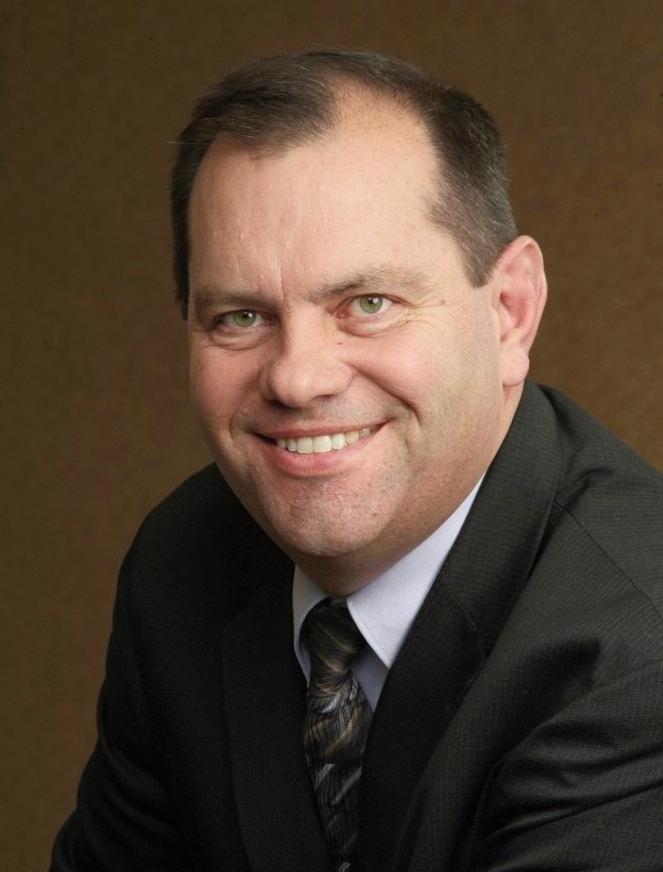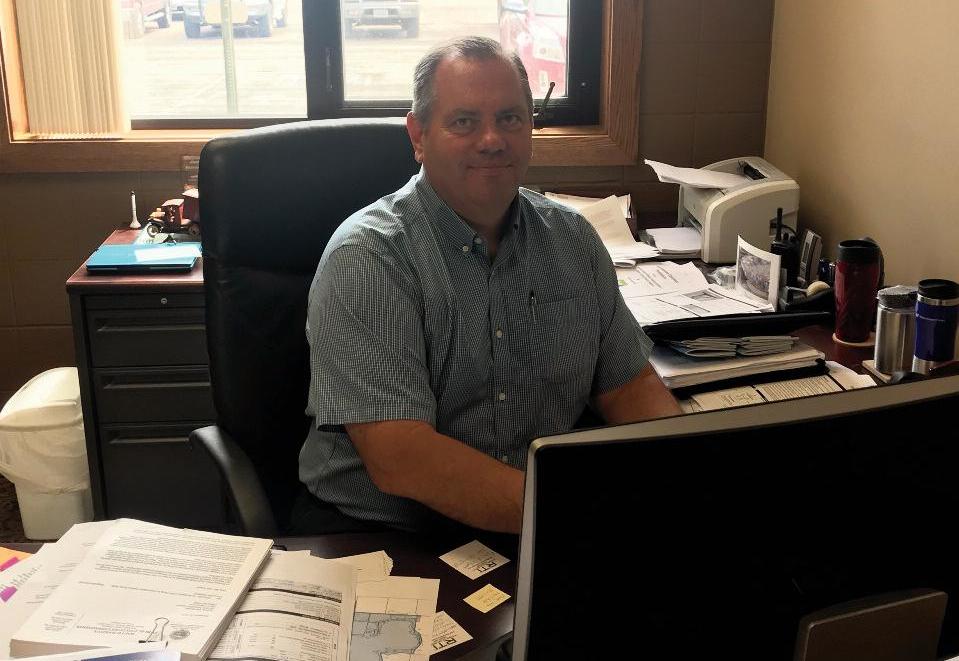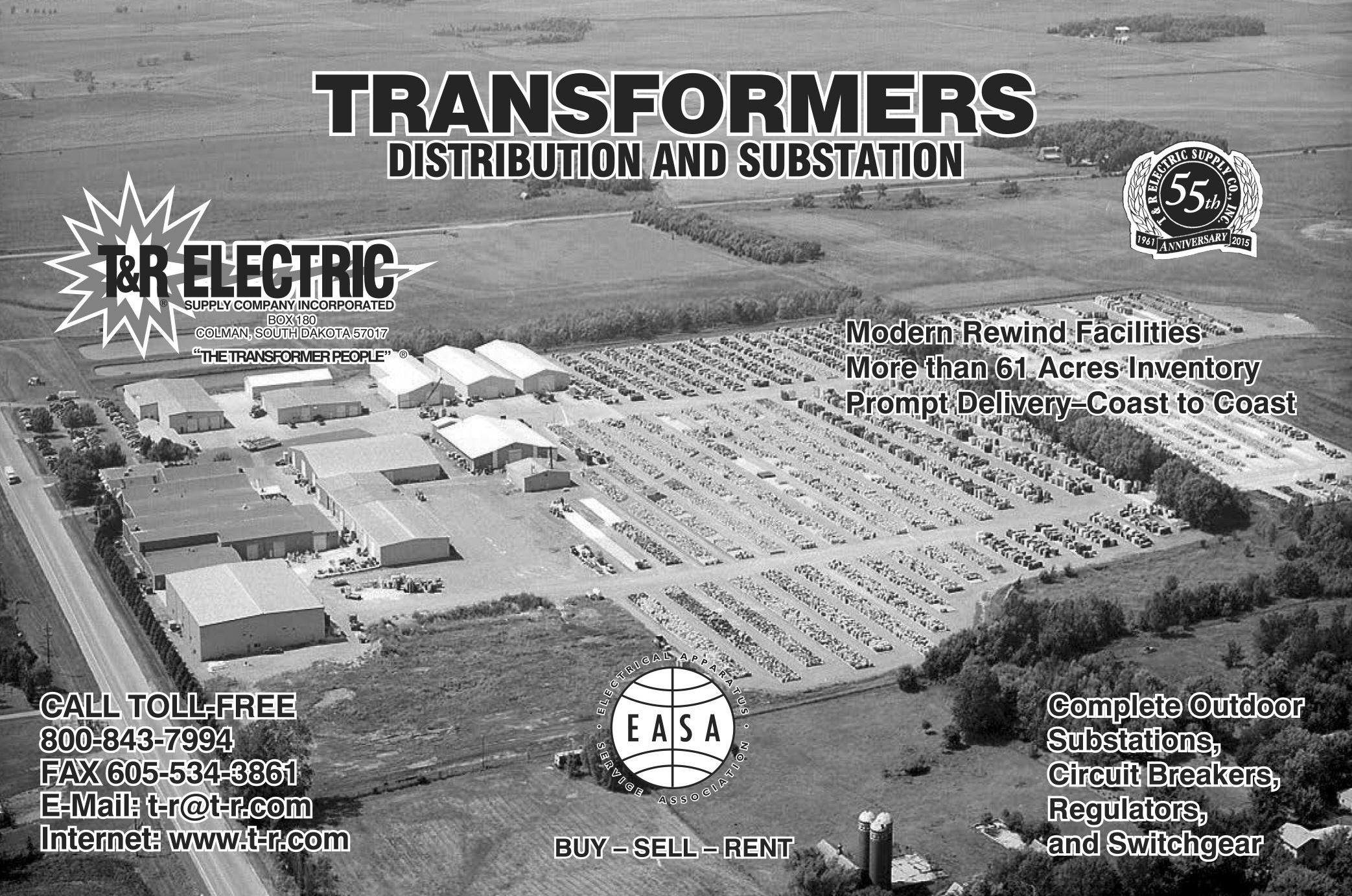
6 minute read
Harassment Policy Checklist
Hara CossmentuntingPolicy Checklist
By: Aaron Clark, McGrath North
Advertisement
An employer’s first line of defense to address harassment
in the workplace
is to adopt an anti-discrimination and anti-harassment policy and procedure. Having an “effective” policy can provide an affirmative defense to harassment claims lodged against the employer. However, if your company ’s policy does not include essential terms, you run the risk that the policy will be
rejected by the Equal
Employment Opportunity Commission (EEOC) or the courts.
The EEOC recommends that every employer should
have an anti-harassment policy that is written in a clear, easy-tounderstand format. Your policy should be provided to employees when they are hired and during training. In addition, the policy should be translated into all
languages commonly used by employees.
It should also be included in the employee
handbook and be accessible on the company ’s
intranet site. Here is a checklist of the ten components that should be contained in your policy to make it “effective” according to EEOC standards: P A clear statement that discrimination and/or
harassment based on any legally protected characteristic is prohibited and will not be
tolerated. Yourpolicyshouldclearlyidentifythe protected groups (e.g., age, gender, sex, race, color, religion, national origin, disability, genetic information, status as a covered veteran, and any other legally protected status under state law). Your policy should confirm that discrimination and harassment in the workplace are prohibited and will not be tolerated. P Aclear explanation of the prohibited conduct. Your policy should state that it applies to recruitment, hiring, training, promotion, compensation and benefits, discipline, terminations and other employment decisions. Furthermore, your policy should identify when certain acts or conduct will constitute prohibited
ALITYQU TER TWA
TERASAW TEW TMENTTREA SU AINABLE TS OR ADS
CTIVEINTERA GIS TER AW ESCERESOUR
MAIT AT TERS T T TERS.
To us, your project isn’t a job - it’s an opport a job it otect future generations, tunity to make a positive impact, pr where we live and work. and ensure the vitality of w It matters.
g and related services to help clients achieve success.Providing engineering
and Environmental Services, Inc.Advanced Engineering a
apid City, Sioux Falls, SpearfishSouth Dakota O ces: R
www.ae2s.com
sexual harassment in the workplace, and reference the prohibited acts (e.g., sexual propositions, sexual innuendo, jokes, obscene language or gestures, physical conduct, etc.). P A clearly described complaint process that
provides reasonable avenues to complain
about discrimination and/or harassment. We recommend that an employer should identify a specificpositionandphonenumbertocontactfor making reports of discrimination and harassment in the workplace. Multiple avenues should be available in the event a supervisor is the one being accused of harassment. P A statement encouraging employees to report
conduct that they believe may constitute unlawful harassment (or, if left unchecked, may rise to the level of unlawful harassment) even if they are not sure the conduct violates
the policy.A“belief” that an individual has been subjected to or witnessed harassment should be enoughunderyourpolicytotriggerthecomplaint process. P An assurance that complaints will be
addressed with a prompt, thorough and
impartial investigation. It goes without saying that any reports of discrimination should be addressedinquickordertoprotectthevictimand to help avoid further liability exposure. P An assurance that the Company will protect
confidentiality of complaints to the extent
possible. Confidentiality is designed to ensure that employees feel comfortable reporting issues of harassment and discrimination and further promotes the integrity of the investigation.
Confidentiality requirements must comply with the National Labor RelationsAct (NLRA) which recognizes an employee’s right to engage in protected concerted activities. The National
Labor Relations Board (NLRB) has concluded that confidentiality can only be enforced if necessary to protect witnesses, prevent evidence from being destroyed, prevent testimony from being fabricated or to prevent a cover-up.
Employers can enforce confidentiality with respect to questions asked of employees during interviews as well as the scope of the Company ’s investigation. P A statement that the identity of individuals
who report harassment and alleged victims, witnesses and alleged harassers will be kept confidential to the extent consistent with providing a thorough and impartial
investigation. Again, employees should be assured that the Company will maintain confidentiality with respect to those involved in the investigation to the extent possible. P A statement encouraging employees to
respondtoquestionsandotherwiseparticipate in investigations regarding discrimination and
harassment. The policy should encourage employees to participate in the investigation and respond to questions that are asked. P An assurance that the organization will take
immediateandappropriatecorrectiveactionif it determines that discrimination or
harassment has occurred. It is imperative for the employer to move quickly to resolve any issues relating to discrimination and harassment in the workplace. P An assurance that employees who make
complaints or provide information relating to a complaint are protected against retaliation.
An anti-retaliation provision is essential to any policy. The policy must prohibit retaliation - not onlyagainstthosewhomakecomplaints,butalso againstthosewhoparticipateintheinvestigation.



By Chris Hill, SDMEA Director of Municipal Electric Services
CELEBRATING TODD CHAMBERS AND HIS MANY YEARS OF MUNICIPAL SERVICE

When Todd Chambers told the board that he was retiring attheendofJune,Isawlooksofwhatappearedtoberage, jealousy,andsadness,allfromboardtrusteeBillLewellen. BillandToddhavebeenfriendsforyearsandIhaveheard many stories of their golf and hunting outings. I don’t havethosememorieswithTodd,butIamjustassadtosee him go.
Todd is the current President of the SDMEA. He and former Vice President Paul Melby, along with SDML Executive Director Yvonne Taylor, were in on my interview for my current position. Todd’s knowledge of utilitieswaseasytopickupon,evenfromthefirsttimewe met.Todd’sguidanceandexpertiseintheelectricindustry will be hard to replace. Todd has served on the SDMEA board for 27 years, 13 of which he has served as the SDMEAPresident.Hehasalwaysbeenthereformewhen I needed help with anything and his responses covered morethanwhatIwasasking,whichhelpedmelearnmore about the industry.
By the time this article is published in the magazine (assuming anyone reads this article),Todd will already be retired and probably golfing. I am hoping that he doesn’t readthisandpickuponhowsadIreallyamtonotseehim during our meetings anymore. Enough about how heartbroken Bill and I are. Let’s move on to the man of the hour!
Todd Chambers graduated from South Dakota State University in 1986 with a degree in Electrical Engineering. HebeganhiscareerfortheCityofPierreas an Electrical Engineer and eventually progressed to their OperationsDirector. DuringhistimeinPierrehewasalso an Electrical Engineering Consultant for the City of Fort Pierre. WhileinPierre,theCityloopedtheir115,000-volt transmission system to enhance reliability and completed 100% underground distribution. As Operations Director, he also oversaw the Water/Wastewater, street, and meter reading departments. Todd was in Pierre from 1986 through2008,whenhedecidedtomakeachangeandtook the position of Director of Operations for Watertown Municipal Utilities. As the Director of Operations in Watertown, he oversaw the operations of Electric, Gas, Water and Engineering Technician departments. During histimeatWMU,theycompleteddrive-byAMR,theyare now 50/50 underground with feeders remaining overhead,
and they are converting the system to all 12470/7200. Watertown recently expanded the water plant and has developed a well field north of town and added 9 new wells to the existing 22. They have also added on to the plant and have made an addition to treat the water using MIEX, Magnetic Ion Exchange, during summer peak. They have also taken their Propane Peaking Plant offline due to one of their TWO suppliers being able to supply enough to dismantle the plant. Todd also mentioned that they have added a high-pressure line that leads to the east side of town to help with the new developments.
Mr. Chambers has helped many organizations by serving as a Board member, Chairman, and President. Todd is the last original Board member on the South Dakota One Call Board which he became part of in 1993 and also served as Chairmanforthatsameboard. Asmentionedbefore,Todd is the current President for the South Dakota Municipal Electric Association. Todd was ALSO the past President and Board member of both the South Dakota Electric Council and the Joint UtilityTraining School. Todd has been a great leader and mentor. If you see him around, make sure to congratulate him on his retirement. Visit with Todd for a while and you will see what makes this SDMEAPresident great!

Questions? Comments? Email me
at Chris@sdmunicipalleague.org Or Call Chris: 605-7706299











